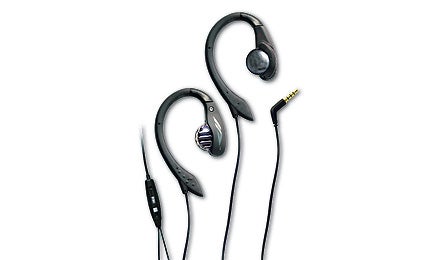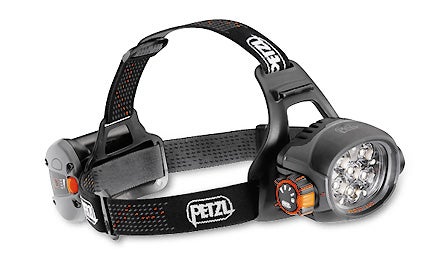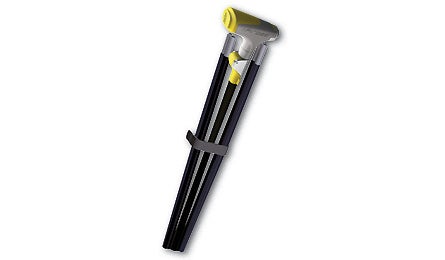Field Notes: Earphones, Headlamp, Avalanche Probe

AirDrives Interactive Earphones (Courtesy Photos)

Petzl Ultra Headlamp (Courtesy Photos)

Pieps iProbe (Courtesy Photo)
Ear Buds
AirDrives Interactive Earphones
No more music interruptus with these ear buds, which won’t fall out even during scrambles and trail runs. Bendable “arms” on the low-profile earphones swoop around your ears, locking the buds in place just outside the ear canal. They always stayed put, and also allowed our tester to hear what was going on around him, a key safety factor on busy trails. Sound quality compares to iPod buds, but the AirDrives are more comfortable and the Occupational Safety and Health Administration deems them safer because they’re not jammed inside your ear canal. One drawback: Loud background noise and wind interferes with the sound quality (they work fine for mountain biking, but not road biking). $80; 1 oz.; airdrives.com. Reader service #118
Headlamp
Petzl Ultra
If you were the first kid on the block to buy a JetBoil, a SPOT, and a folding titanium spork–and your money wasn’t invested in AIG–check out the Ultra. This insanely bright and comically expensive searchlight employs the most advanced outdoor LED circuitry currently available, quadrupling the effective distance of standard headlamps. It’s easily the brightest lamp we’ve tested, rivaling the power of some HID mountain-biking lights; even on the lowest of its three settings, you’ll flood your tent or kitchen area with brilliant, shadow-free light. Which begs the question: If you’re going to drop $430 on a headlamp–a headlamp!–shouldn’t it come with mounts for your helmet and handlebars? It’s more illumination than most people need for hiking and mountaineering, and it’s too expensive not to offer more versatility. It’s not light, either, and burn time on the rechargeable lithium-ion battery pack ranges from just two to 15 hours. But if money is no object, go ahead–be brilliant. $430; 12.2 oz.; petzl.com. Reader service #119
Avalanche Probe
Pieps iProbe
When it comes to finding and rescuing a buried avalanche victim, even a few seconds can mean the difference between life and death. Give yourself a technological advantage with the iProbe, an electronic avalanche probe that senses a buried beacon. It alerts searchers when the tip is within about 10 feet of the buried transceiver, potentially speeding up recovery times dramatically (with other probes you know nothing until it touches a victim). The iProbe senses beacons of any manufacturer, and it allows you to temporarily deactivate Pieps beacons once they have been located and marked, a feature that helps avoid confusing signals in a multiple-burial situation. Our tester had great success locating buried transceivers in simulated rescues. The probe packs down to 18 inches and extends to 6.5 feet long, and carbon-fiber construction makes it ultralight, despite the electronics. Works down to -4°F and runs on one AA battery. $190; 12 oz.; libertymountain.com. Reader service #120